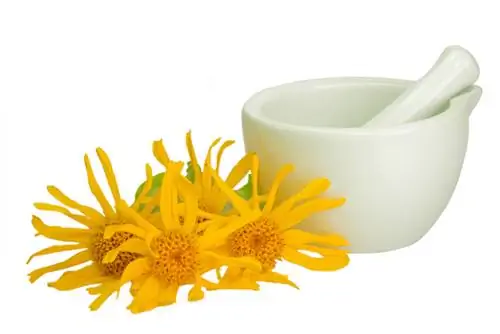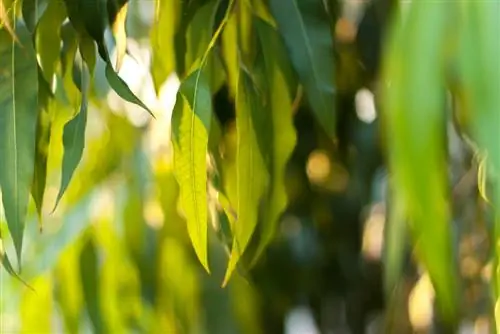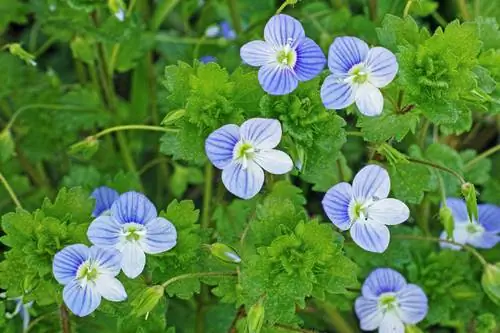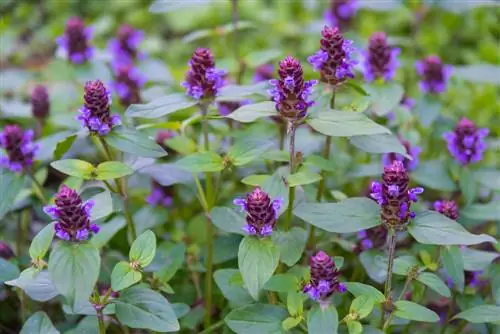- Author admin [email protected].
- Public 2023-12-16 16:46.
- Last modified 2025-01-23 11:20.
The real arnica (Arnica montana) or Bergwohlverleih has received a variety of common names in the vernacular over the centuries. However, the claimed healing effect should be enjoyed with caution due to the ingredients it contains.

Is arnica poisonous and dangerous?
Arnica can be poisonous if used internally as it can cause abortion, paralysis or respiratory failure, which can result in death. External use can cause allergic reactions and rashes. Use tested commercial arnica preparations.
Healing effects of arnica
Arnica is one of the most important plants in natural medicine. However, there are big differences in the active ingredient content between real arnica and the species bred specifically for industrial cultivation. Arnica used to be brewed as a tea, but this type of use is no longer permitted due to its danger and is not recommended. Arnica extracts and tinctures are used externally for the following complaints:
- bruises
- bruises
- Gout
- Rheumatic complaints
Arnica can be very dangerous
The ingredients in the dried flowers of arnica (including helenin) can vary greatly in concentration depending on the subspecies and location. Internal use is vehemently discouraged, as this can not only lead to abortion, but also to paralysis and breathing disorders, which can result in death. Even the external use of highly concentrated tinctures can cause allergic reactions and rashes with blistering.
Tip
Sowing and growing arnica as a natural medicine from your own garden is only recommended to a limited extent. Since the active ingredient concentration can fluctuate greatly, you should rather use tested commercial arnica preparations.






